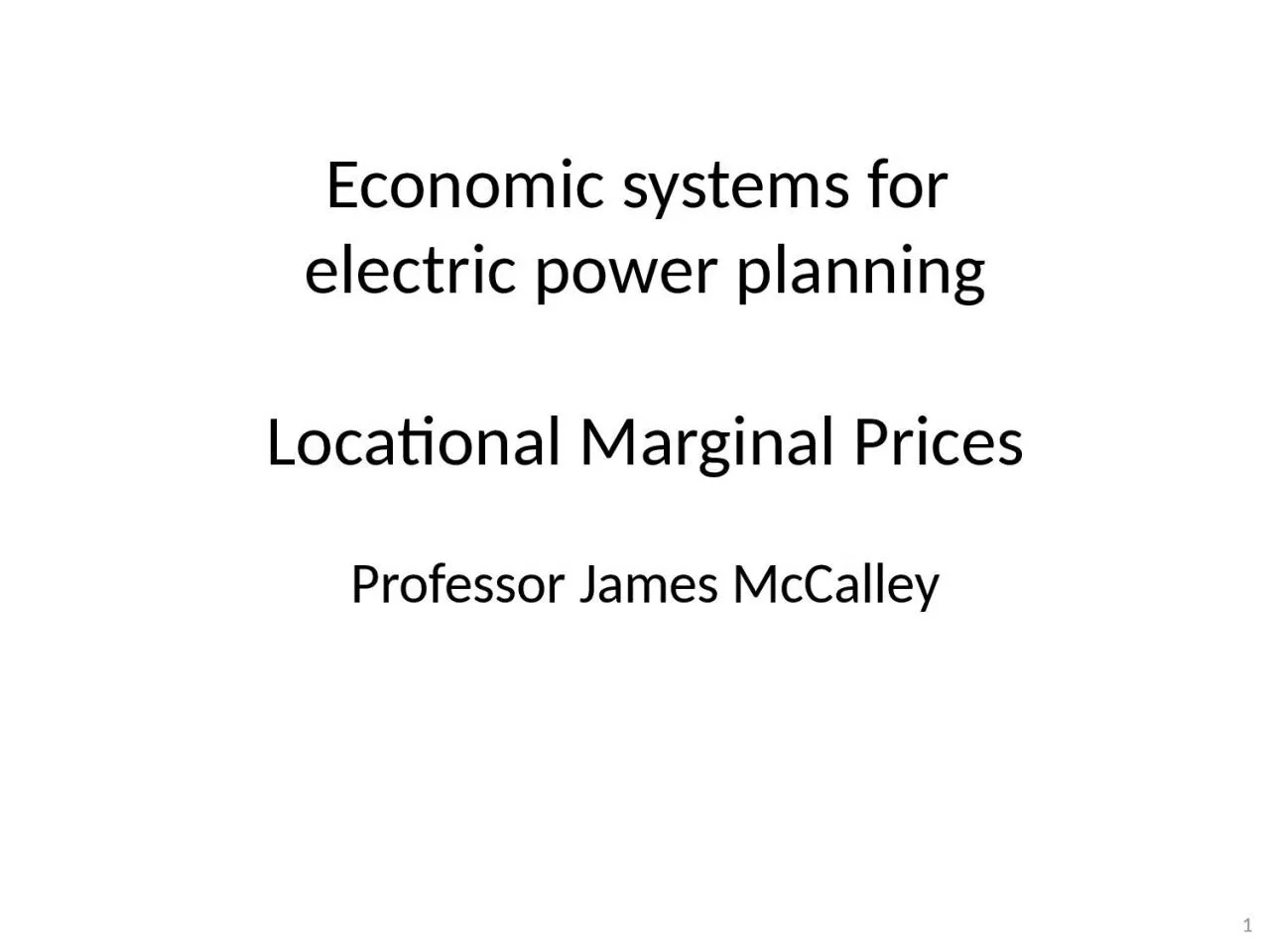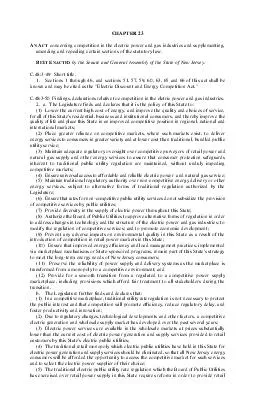PPT-Economic systems for electric power planning
Author : okelly | Published Date : 2023-10-31
Locational Marginal Prices Professor James McCalley 1 Overview of LMPs 2 In the LPOPF without demand bidding we saw that locational marginal price LMP at bus k
Presentation Embed Code
Download Presentation
Download Presentation The PPT/PDF document "Economic systems for electric power pla..." is the property of its rightful owner. Permission is granted to download and print the materials on this website for personal, non-commercial use only, and to display it on your personal computer provided you do not modify the materials and that you retain all copyright notices contained in the materials. By downloading content from our website, you accept the terms of this agreement.
Economic systems for electric power planning: Transcript
Download Rules Of Document
"Economic systems for electric power planning"The content belongs to its owner. You may download and print it for personal use, without modification, and keep all copyright notices. By downloading, you agree to these terms.
Related Documents














